Magnificent Mangroves Celebrating our Namesake

GLOBAL – Mangrove trees are pretty amazing. They’re naturally flexible, tropical plants that help other organisms thrive, and their unique root systems protect the shoreline from erosion. Needless to say, they’re great for our planet, and we are honored to share their name. In honor of Earth Month, we’re sharing an interview with Alfredo Quarto, Co-founder and International Policy and Programs Director of Mangrove Action Project, an organization that we are proud to support. Their work aims to boost awareness of the importance of mangroves with hands-on curriculum and community involvement. “We have seen a huge increase in restoration attempts,” says Quarto, “as people realize how important mangroves are for coastal conservation and protection. When we took a look at the kind of restoration that was going on, what we found was an 80% failure rate because people were planting mangroves by hand in the wrong places—like mud flats which are open and easily available. The problem is, mangroves often don’t survive well in certain conditions. The restorations were also focused on merely one variety: the red mangrove. That is an important species, but it isn’t the only one. In Thailand and Indonesia, there can be 30 to 40 species of mangroves, and they support a wide, more varied and biodiverse ecosystem.’ READ MORE GLOBAL Worldwide Mangrove Art Contest for kids 6-16 years old

GLOBAL – 20th Annual Mangrove Art Contest invites children from any country to join in this fantastic, creative and educational competition. It is an opportunity for the younger generation to learn about the vital role Mangroves play in the lives of coastal communities and marine life around the world whilst letting them explore their imagination and have fun when creating their pieces of art. This year’s theme is “Why mangroves are important to the mangrove communities and the world.” Selected winners will be published in the 2022 calendar to be distributed internationally to raise awareness of mangrove forest ecology. Winners will receive a calendar and hard copy certificate for achievement and art will be featured in our online virtual gallery. All participants will receive an e-printable participatory certificate with participant name. Last date for submissions is July 31, 2021. READ MORE AFRICA Nigeria Moves to Restore Mangrove Ecosystems in Niger Delta

NIGERIA – The Nigerian government has said that it is making plans to create a strategy that would lead to the restoration of mangroves in the Niger Delta that have been severely damaged by continuous oil spills. Mohammad Mahmood Abubakar, the minister of environment, has recently held an expert meeting on the restoration of mangroves in the Niger Delta. The meeting, which was attended by experts from more than 20 different institutions and supported by the United Nations Environment Programme (UNEP), brought new momentum to the restoration efforts and paves the way for healthy ecosystems and successful environmental remediation of areas affected by oil spills. The bulk of Nigeria’s crude oil lies beneath farmlands and rivers in the Niger Delta region. But more than six decades of oil spills and gas flaring have transformed the region, home to over 6.5 million people, into one of the most polluted places on Earth. READ MORE ASIA On an island scarred by tin mining, mangrove planting preserves shrimp tradition

INDONESIA – For centuries the mangrove trees around Bangka-Belitung province have provided food, medicine and more for the islands’ inhabitants. But the once-teeming ecosystem fringed around the two main islands, about halfway between Singapore and Indonesia’s capital, Jakarta, is today at risk of extinction. Indonesia, the world’s largest archipelagic country, has more mangrove forests than anywhere else on Earth. But vast areas of these valuable forests have been uprooted to make way for aquaculture farms, oil palm plantations and other uses along the archipelago’s coasts. Bangka Island is also the source of about 90% of all the tin mined in Indonesia, the world’s second-largest producer of the metal, which is used mainly as solder in electronic devices. This has added to the pressure on Bangka’s endangered mangroves as people migrate to the islands to mine tin around coastal areas. READ MORE Relocating mangroves for Indonesian highway ‘not that easy,’ expert warns

INDONESIA – An environmental expert in Indonesia has warned against a government plan to relocate mangrove trees along the north coast of the island of Java to make way for a highway and levee project. The project, billed at $557 million, will run 27 kilometers (17 miles) from Semarang, the capital of Central Java province, east to the district of Demak, and is touted as a solution to coastal flooding in communities along the strip. The project’s concession covers almost 540 hectares (1,330 acres) of land, some of which includes swaths of intact mangrove forest. The Central Java environmental agency says it will relocate mangrove trees from three different sites in the project area, spanning a total of 46 hectares (114 acres), as part of efforts to offset the environmental impacts of the highway project. It has not yet determined the new planting site, however. READ MORE Ministry Slams Guangxi Port for Killing 37,000 Mangroves

CHINA – Inspectors from China’s top environmental authority have called out a large state-owned port company in the southern Guangxi Zhuang Autonomous Region for killing tens of thousands of mangroves along the coast and ignoring five years’ worth of government warnings. The Ministry of Ecology and Environment (MEE) announced Monday that an investigation had found that a port construction project in the Beibu Gulf operated by a subsidiary of the Beibu Gulf Port Group had killed over 37,000 mangrove plants spanning 257 mu (42 acres) of shoreline. “Mangroves are a critical part of the coastal ecosystems in southern China,” Zeng Congsheng, a retired professor of marine geography at Fujian Normal University in eastern China, told Sixth Tone. “These plants can form a barrier against erosion and provide organisms with a habitat to thrive.” READ MORE AMERICAS A new way to protect mangroves takes root
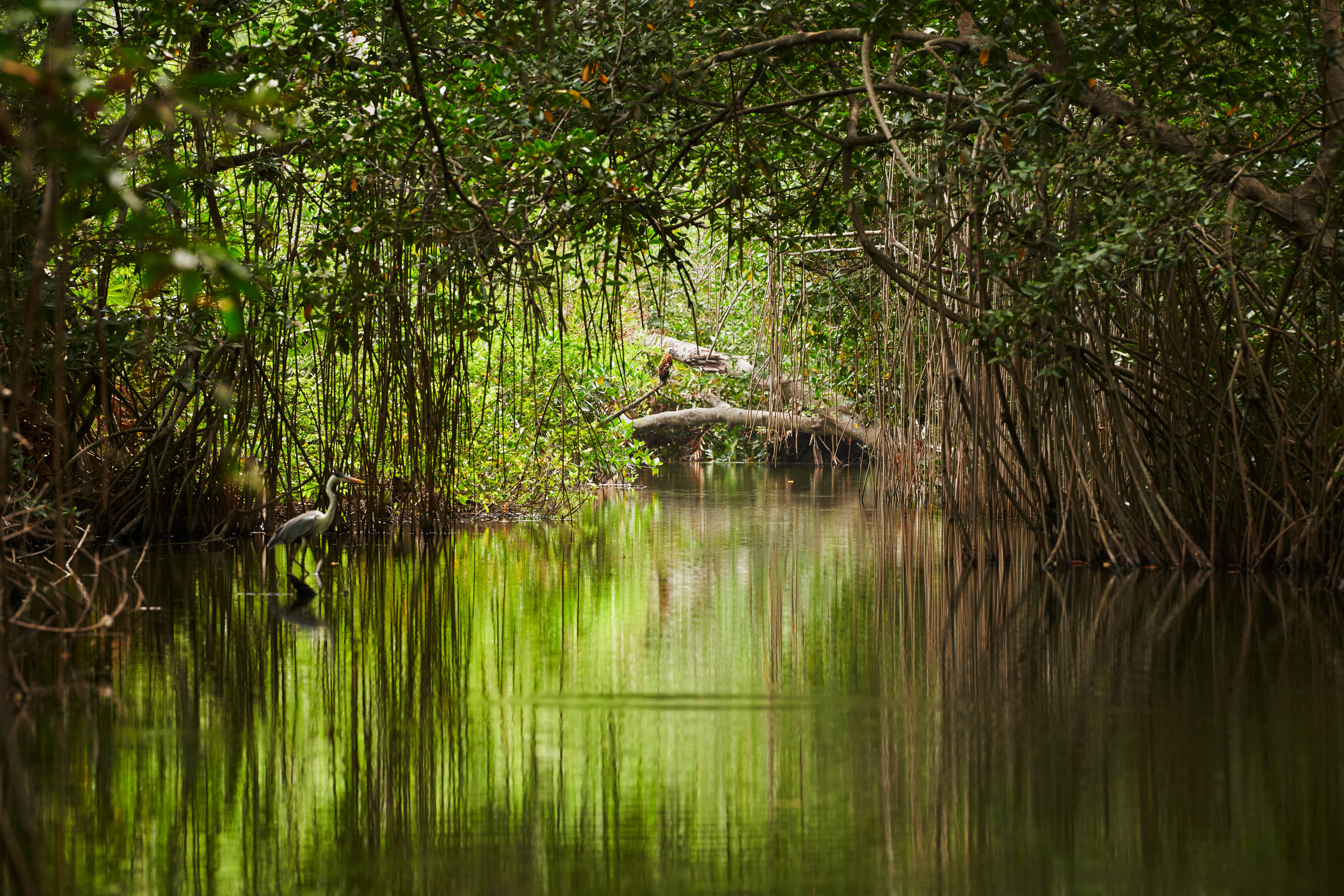
COLUMBIA – Hugging coastlines throughout the tropics, mangroves are climate superstars. In a single square mile, their dense tangle of roots can stash away as much climate-warming carbon as the annual emissions of 90,000 cars. But, until now, this “blue carbon” — that is, carbon stored in coastal ecosystems — hasn’t been adequately and accurately measured. This has effectively shut mangroves out of carbon markets, precluding financial incentives to protect them and depriving coastal communities of potential income. That is about to change — with major implications for the survival of mangrove forests, which for decades have been decimated for agriculture, shrimp farms, urban development and more. A recently-launched blue carbon finance project for the first time takes into account not only the carbon that mangrove trees store in their trunks and leaves, but also the carbon they sequester in their soils, often for millennia. READ MORE Dying Mangroves to Have Water Flows Restored

USA – For almost as many years as the City of Marco Island has been incorporated as a stand-alone community in Collier County, issues concerning the dying off mangroves along San Marco Road (SR-92) have been discussed among various groups and interested parties. This was well before many of the present-day sitting councilors were even living fulltime here on Marco Island. Approximately 15 years ago, a large billboard calling for support of the dying mangroves along that section of roadway leading to the Stan Gober Memorial Bridge was erected. As reported in this newspaper in February 2016, Rookery Bay discussed working with an international group from China, which had toured the area to consider co-funding a project that would alleviate the lack of tidal flow caused by blockage of aging culverts under the road. At the May 3 meeting of the Marco Island City Council, City Public Works Director Tim Pinter brought councilors up to date on almost two years of discussions with the Department of Environmental Protection and the Florida Fish and Wildlife Commission to possibly resolve those long simmering issues. READ MORE A reprieve for Singer Island shoreland – for now
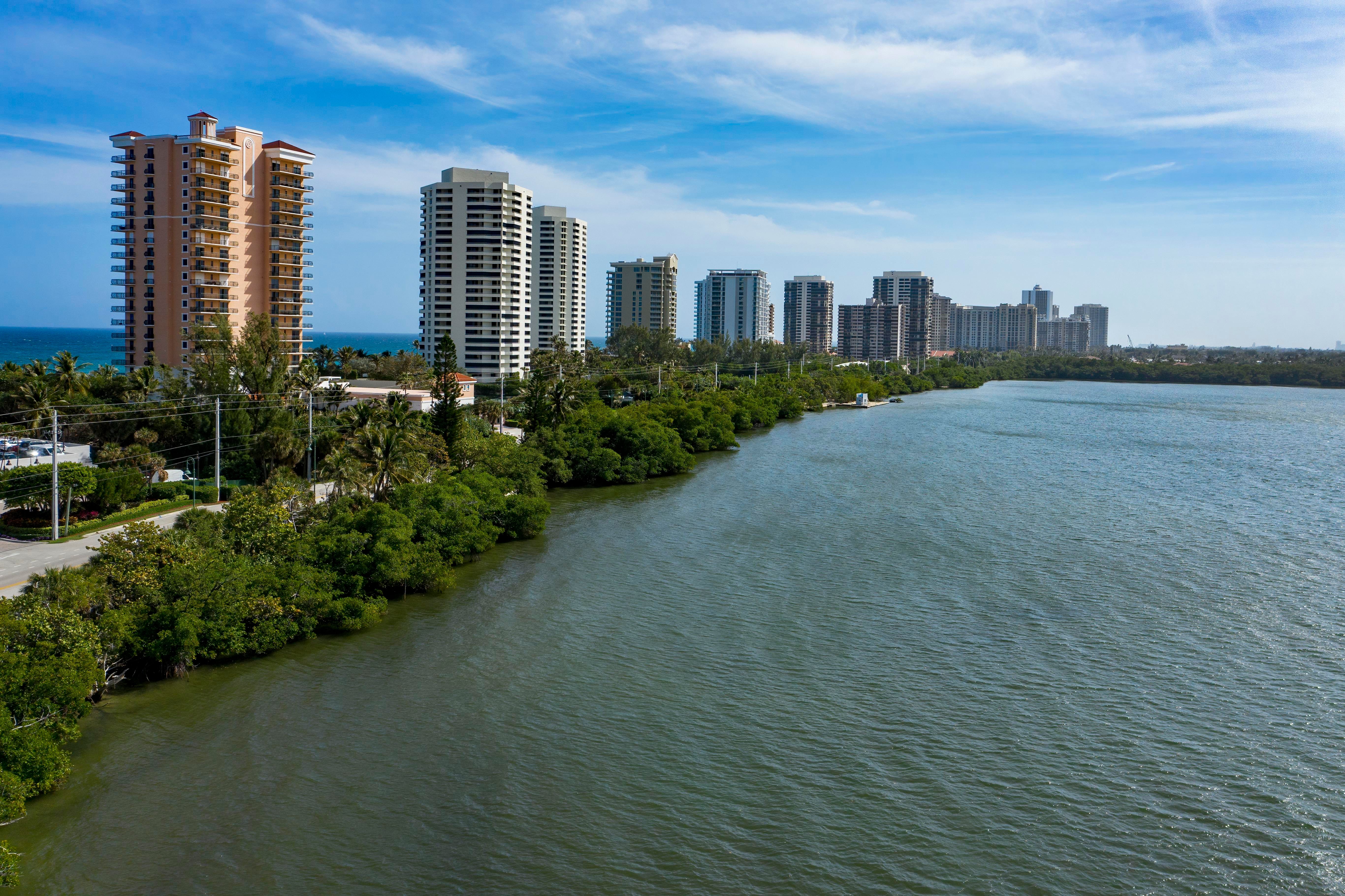
USA – Under pressure, the state’s top wildlife conservation official abandoned his wildly inappropriate and highly destructive plan to fill, dredge and develop 19 acres of beautifully untouched, mostly submerged land at Singer Island on the Lake Worth Lagoon. Recently, under a wave of criticism, the chairman of the Florida Fish and Wildlife Commission (FWC), influential lobbyist and serial head of Miami’s Super Bowl host committees told the Miami Herald that he instructed his lawyer to sell the site. The questions now: To whom will Barreto sell? He didn’t say when announcing on Thursday his intention to unload the pristine property. If it goes to another developer, this issue — you might say — isn’t out of the woods yet. Let’s hope he sells the parcel to the state to keep for conservation, like the nearby John D. MacArthur Beach State Park. READ MORE East Grand Bahama Set For Mangrove Restoration Planting Initiative
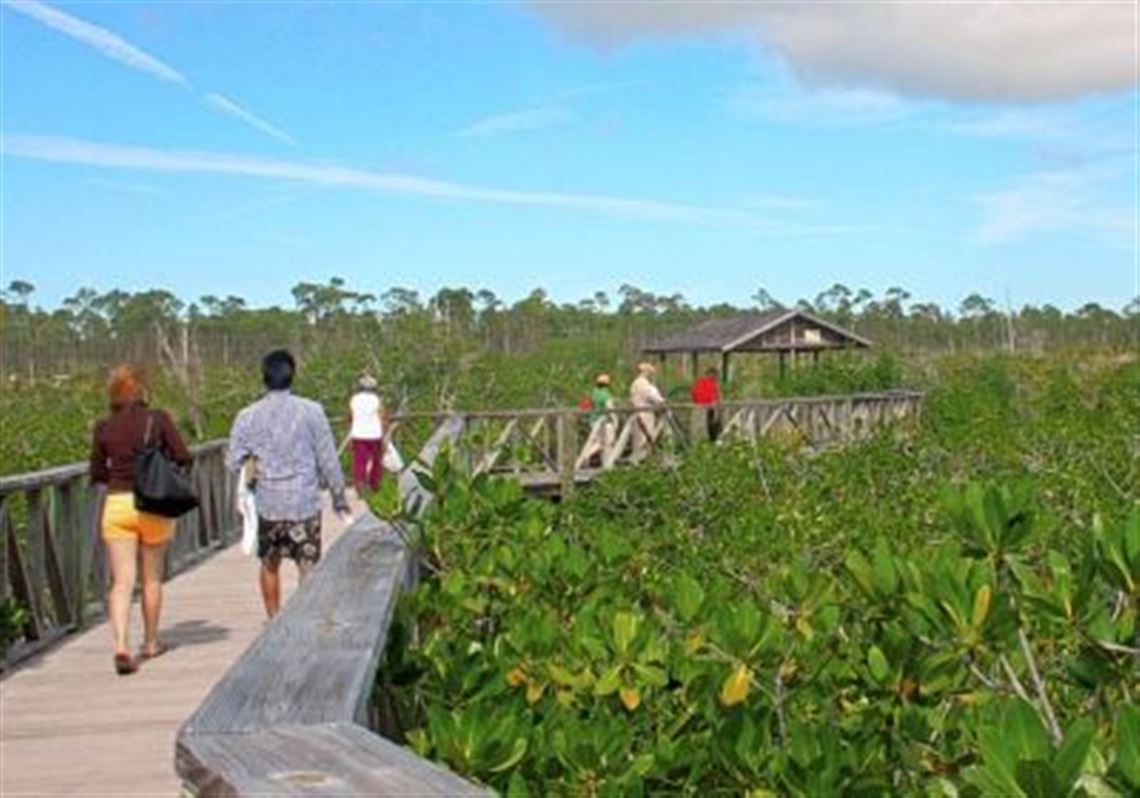
BAHAMAS – A major mangrove restoration planting initiative will be launched on Saturday in East Grand Bahama. The Bonefish & Tarpon Trust (BTT) is hosting the event around noon at an impacted mangrove area near Maclean’s Town where students, scientists, government officials, bonefish guides, and community members will take part in restoring mangroves that were destroyed by Hurricane Dorian. Justin Lewis, Bahamas initiative manager for (BTT), said participants will be taken a short distance by boat to the area they have selected to plant. “This will be an all-day event where participants will be working together to plant up to 4,000 mangroves in this area. This event will be the kickoff for the community planting phase of the project,” he said. Mr Lewis said that BTT is a non-profit science-based conservation organisation focused on protecting bonefish, tarpon, permit, and their habitats. READ MORE “Stressed out” corals thriving thanks to mangroves
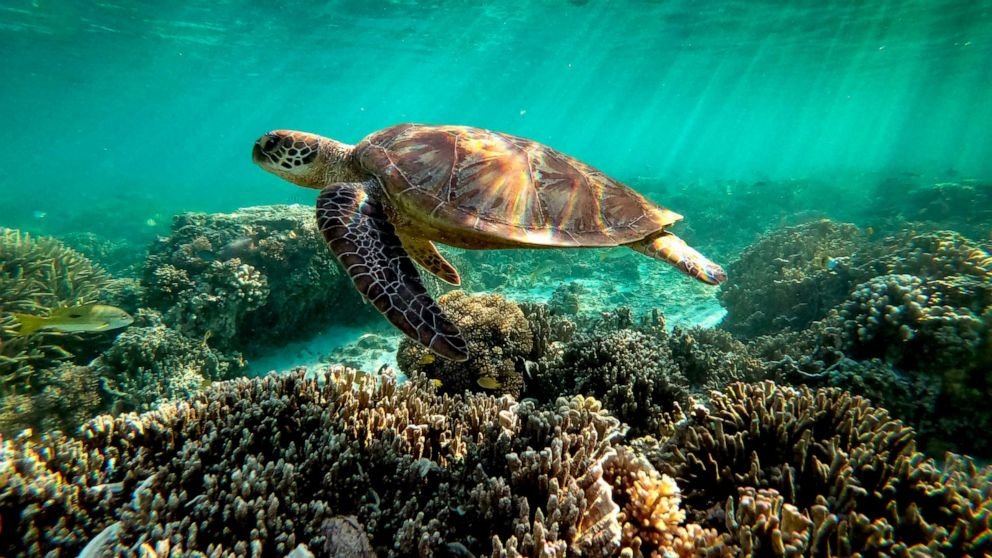
PANAMA – Tropical coral reefs are the most biodiverse underwater ecosystem, providing a home to more than a quarter of all marine species. No strangers to environmental stressors and the on-going impacts of climate change, the survival of corals has increasingly been under threat in recent years. A collective of researchers, including from McGill University, have analyzed how environmental factors influence the growth and health of corals and found that more species of corals are living in the mangrove forests than in nearby shallow reefs. This is a testament to coral adaptability, and the importance of ecological partnerships such as between corals and mangroves, for the resilience of these ecosystems in the wake of human-made environmental turmoil. In a recent article published in Ecosphere, the team examined corals living under the canopies of mangroves and among their roots and hypothesized that mangroves may serve as a refuge from environmental stressors such as high solar intensity and warmer temperatures, both of which are present on adjacent shallow reefs. READ MORE LAST WORD Hello , we would like to announce the new dates for our Communities, Climate, and Coastal Ecosystems Showcase Event. June 15 & 16, 2021 – 10:00 – 13:00 EDT Add the Showcase event to your calendar Through partners worldwide, the UNEP / GEF Blue Forests Project (2015-2021) has explored and tested blue forests methodologies and approaches to harness ecosystem services and support carbon financing initiatives, while addressing key knowledge gaps and international policy engagement. The project results incorporate tools and solutions for the greater global application of blue carbon assessment and accounting, payment for ecosystem services, and enhancing capacity for a sustainable blue economy. BlueCarbonProject
Teaterplassen 3
Arendal, 09 4844
Norway Like this newsletter?
Pease consider donating to MAP to keep it going.
Giving could never be easier  | Contest OPEN
URGENT ACTION Stop construction work on a private port In Defense of the Quilombo Boca Do Rio TAKE ACTION! Tell Sumitomo to stop building polluting coal power in Bangladesh! TAKE ACTION! Stop Adaro, Indonesia’s coal giant, from refinance its debt.
TAKE ACTION Buy a Pin – Support MAP
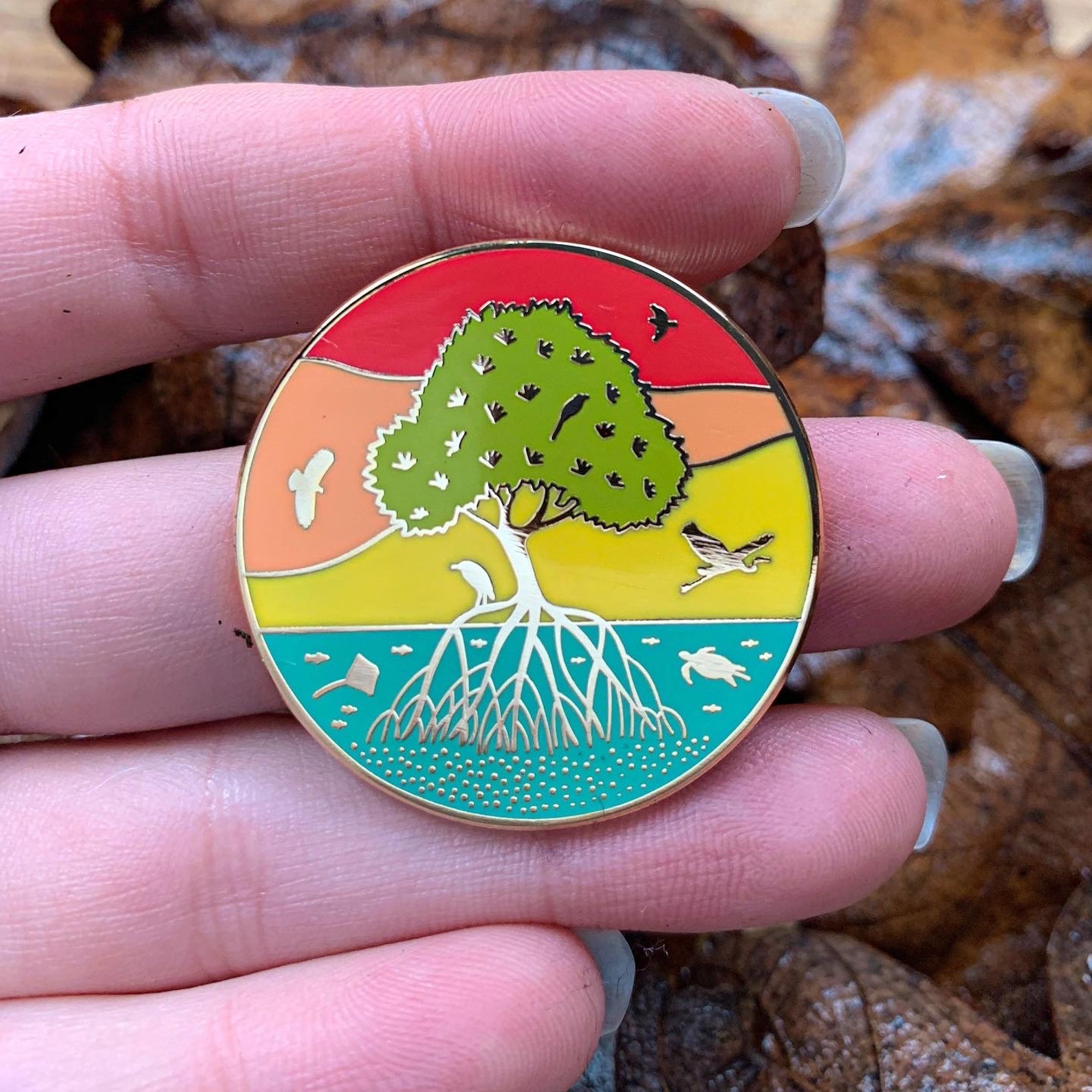
ACTION ALERTS Lawsuit Against Genetically Engineered Tree Solidarity Group – SIGN PETITION Tell the Japan International Cooperation Agency not to fund polluting coal – TAKE ACTION Please SIGN: keep plantations out of orangutan habitat!
TAKE ACTIONUnilever: stop destroying mangroves for convenience food! SIGN OUR PETITION
Stop plundering the oceans for industrial aquaculture! SIGN THE PETITION
Like this newsletter? Pease consider donating to MAP to keep it going. Giving could never be easier
Please see our newest video: “Restoring The Natural Mangrove Forest”
WATCH VIDEO 
Restoring The Natural Mangrove Forest
Watch movie 
Community Based Ecological Mangrove Restoration in Rufiji Delta VIEW VIDEO Video: Mangroves for the Future – A look bacK. As the latest phase of Mangroves for the Future (MFF) draws to a close, this video highlights some of the project’s most successful initiatives – from local women supporting national park management in Viet Nam to an island in the Maldives that has become a model for waste management, and everything in between. View Here WANT TO GET INVOLVED?
Follow and Join MAP!    
Like this newsletter? Pease consider donating to MAP to keep it going. Giving could never be easier 

Singing for the Sundarbans WATCH HERE Entrevista con Monica Quarto del Mangrove Action Project (Spanish language) Oye Aqui
VOLUNTEER OPPORTUNITY 
MANGROVE ISSUES Want to learn more about mangroves?
Our short presentation will give you a better understanding of the issues we are working to solve. WATCH PRESENTATION What is CBEMR? Download MAP’s 2 page CBEMR Information Sheet containing links to all MAP’s CBEMR resources – CLICK HERE
View MAP’s uploaded Videos at
MAP Video Gallery Question Your Shrimp Consumer/Markets Campaign!
WATCH VIDEO Mangroves: Guidebook to Malaysia – Click Here SHARE MAP’S VISION
CLICK HERE to watch short introductory video. Together we can work “at the roots of the sea”. Our short documentary, Reducing the Risk of Disaster through Nature-Based Solutions : Mangroves

Marvellous Mangroves Curriculum The Marvellous Mangroves Curriculum begins with a simple philosophy – getting future generations to not only learn about, but understand the importance of mangrove forests. VISIT 
The award-winning Marvellous Mangroves (MM) curriculum educates children on the importance of mangroves and their ecological functions, teaching them about modern challenges and mechanisms for sustainability. VIEW VIDEO Marvellous Mangroves Curriculum in Bangladesh – WATCH VIDEO
MARVELLOUS MANGROVES IN BRAZIL
En Portuges 
Marvellous Mangroves – A Curriculum-Based Teachers Guide.
Like this newsletter? Pease consider donating to MAP to keep it going. Giving could never be easier 
“Question Your Shrimp” Campaign Question Your Shrimp – is it really sustainable? Sign the Petition
Note to Our Readers: We strive to keep active links in our newsletter. However, due to circumstances beyond our control, occasionally links to stories may become broken. If you find a link to a story is not functioning, please cut and paste the headline into your browser search bar. In most cases you should be able to locate the original story.
Not yet a MAP News subscriber?
Click here to subscribe. 
|


























